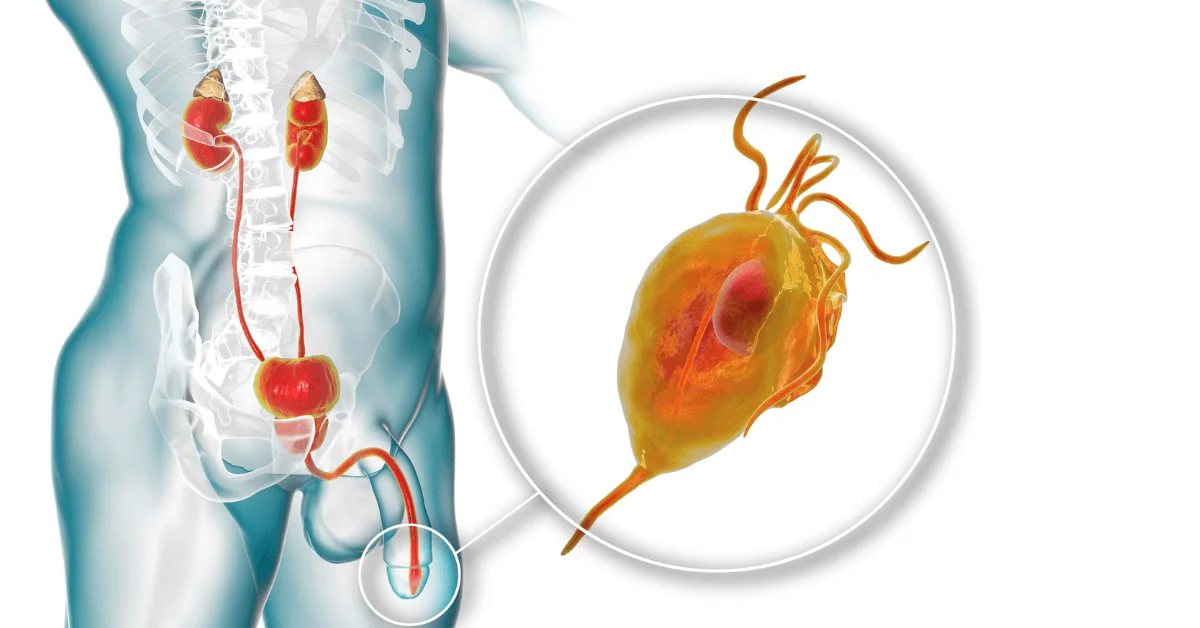Reiter's syndrome, also known as reactive arthritis, is a complex condition characterized by a triad of symptoms: arthritis, urethritis, and conjunctivitis.
Table of Contents
Introduction
Reiter's syndrome, also known as reactive arthritis, is a complex condition characterized by a triad of symptoms: arthritis, urethritis, and conjunctivitis. This syndrome often manifests following an infection, which may trigger an unwanted immune response. Despite its historical associations with sexually transmitted diseases, contemporary medical understanding interprets this condition differently. This article aims to explore the defining characteristics, pathophysiology, clinical manifestations, and treatment options for Reiter's syndrome.
Defining Characteristics of Reiter's Syndrome
Reiter's syndrome is typically recognized by the following core symptoms:
1. Arthritis: Joint inflammation is the hallmark of Reiter's syndrome. It often affects the knees, ankles, and feet, leading to pain, swelling, and decreased mobility.
2. Urethritis: Inflammation of the urethra frequently accompanies arthritis. Patients may experience painful urination (dysuria) and a discharge, raising concerns about potential sexually transmitted infections.
3. Conjunctivitis: This symptom is characterized by redness, irritation, and discharge in the eyes. It is a less common manifestation but can significantly impact a patient's quality of life.
In addition to these primary symptoms, individuals with Reiter's syndrome may develop oral lesions. These lesions can resemble benign migratory glossitis, presenting as smooth, red patches on the tongue and affecting other parts of the mouth.
Underlying Mechanisms and Risk Factors
The precise mechanism of Reiter's syndrome remains a topic of study. While it is believed that it results from an inappropriate immune response to a low-grade pathogen, such as certain bacteria, the exact triggers can vary. Common infectious agents include:
- Chlamydia trachomatis: Often associated with urethritis, this bacterium is frequently implicated in cases of Reiter's syndrome.
- Salmonella, Shigella, and Yersinia: These organisms are linked to gastrointestinal infections that can trigger a reactive arthritis response.
Risk factors for developing Reiter's syndrome include:
1. Gender: Males are more commonly affected than females, particularly in cases linked to Chlamydia.
2. Genetic predisposition: The HLA-B27 antigen is found in a significant percentage of individuals with Reiter's syndrome, suggesting a genetic component to susceptibility.
3. Recent infections: Individuals who have recently experienced an infection, especially of the genitourinary or gastrointestinal tract, may be at increased risk.
Clinical Manifestations and Diagnosis
In addition to the hallmark symptoms, Reiter's syndrome can present with various other signs, including:
- Skin manifestations: Such as keratoderma blenorrhagicum (a rash on the palms and soles) or circinate balanitic lesions in males.
- Nail changes: Nail dystrophy can occur, presenting as ridging or pitting.
- Constitutional symptoms: Fatigue, malaise, and weight loss may accompany the primary symptoms.
Diagnosis of Reiter's syndrome typically involves:
1. Clinical evaluation: A thorough history and physical examination focused on joint pains, urethral symptoms, and conjunctival involvement.
2. Laboratory tests: Blood tests may reveal inflammation markers and identify the presence of HLA-B27.
3. Cultures and imaging: Culturing potential infectious agents and utilizing X-rays or ultrasounds to assess joint involvement may be performed as needed.
Treatment Options for Reiter's Syndrome
Treatment of Reiter's syndrome predominantly focuses on alleviating symptoms and managing inflammation. The following therapeutic options are commonly utilized:
1. Nonsteroidal anti-inflammatory drugs (NSAIDs): Medications such as ibuprofen or naproxen are typically the first-line treatment to relieve pain and reduce inflammation.
2. Corticosteroids: In cases of severe arthritis, corticosteroids may be prescribed either systemically or locally.
3. Disease-modifying antirheumatic drugs (DMARDs): For chronic cases where NSAIDs and corticosteroids are not effective, DMARDs like sulfasalazine or methotrexate might be considered.
4. Treatment of underlying infections: If a bacterial infection is identified, appropriate antibiotics will be administered to resolve the infection and potentially reduce the symptoms of Reiter's syndrome.
Conclusion
Reiter's syndrome is a multifaceted inflammatory condition that intertwines clinical, immunological, and infectious disease aspects. By understanding the symptoms and management of Reiter's syndrome, healthcare professionals can provide better treatment and support for those affected. While its classification as a sexually transmitted disease may linger in public discourse, current medical evidence views Reiter's as an immune-mediated response to infection. As research continues, it is crucial for both patients and practitioners to remain informed about this complex syndrome for optimal care and outcomes.
Tags
syndromes



